Local Government Surveillance
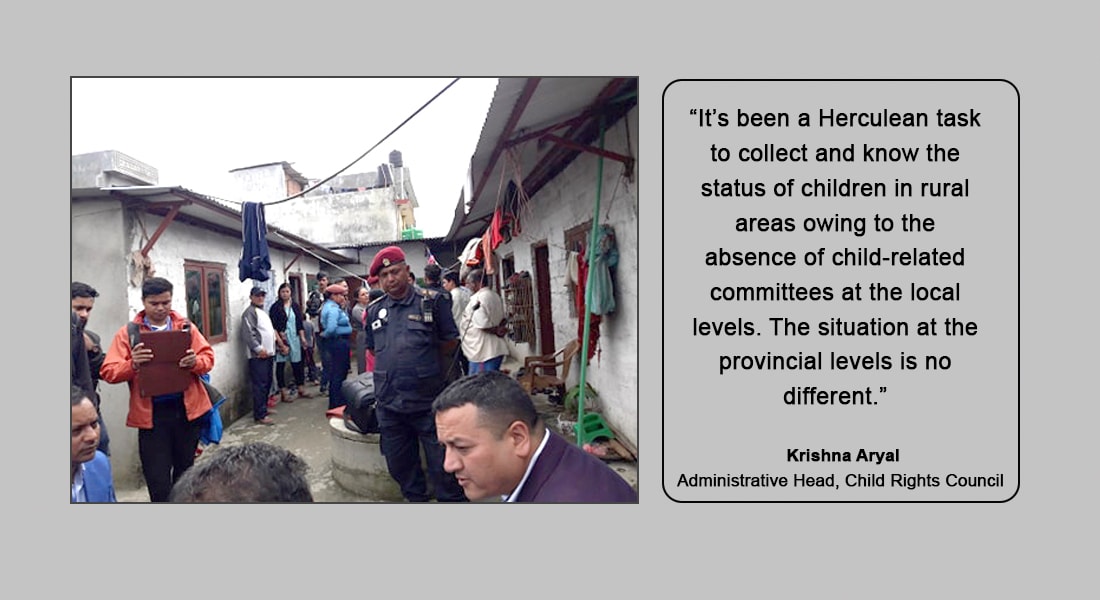
September 27: The National Center for Children at Risk (Balbalika Khoj Talash Kendra) rescued 11 children from a child care home at the Manohara Municipality-8 based Samajik and Manabiya Sarokar Kendra (Social and Humanitarian Concern Center). Most of them were from Chayanath municipality and Khatyang rural municipality of the Mugu district.
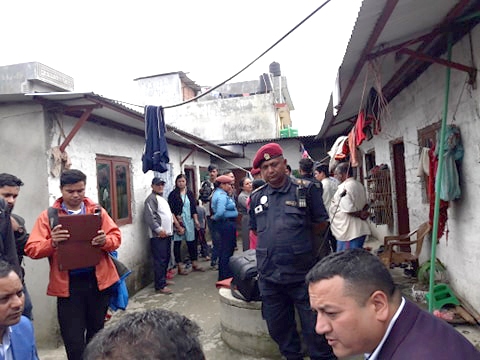
Despite being aware of the fact that children from his municipality are being trafficked and ‘sheltered’ in several child care homes in Kathmandu, Chairperson of Adanchuli rural municipality Dal Fadera and his team are yet to take any concrete move to stop the business. “Candidly speaking, it’s the lack of awareness among the parents here,” says Fadera.
There has been an increased occurrence of trafficking in recent times due to the lack of awareness of parents and effective monitoring on the part of concerned authorities after the dissolution of the district-based Women and Children Offices -- a body which previously monitored suspicious movements of children and formed mechanisms to ensure children’s safety -- after the establishment of three-tier federalism in the country.
After the dissolution of these offices, the local governments are mandated and responsible for implementing local child rights policies and programs, including ensuring their protection by the Local Government Operation Act 2017.
Unfortunately, most of the rural municipality chairpersons, including Fadera, are unacquainted with this obligation. “In fact, we are unaware of this responsibility,” Fadera said.
Padam Lama, Chairperson of Simkot of Humla district, too, expresses unawareness about the provision on the formation of the Child Rights Committee at the local levels. Instead, Lama boasts of having a school ‘children committee’ formed to look after the school’s cleanliness. “This is the only children’s committee that we have in our rural municipality.”
Had the local levels constituted such committees, possibly the trafficking of children from rural areas could have been minimized, if not stopped completely. In fact, children from financially deprived families are vulnerable to trafficking.
Fourteen children rescued by Bal Adhikar Council and Balbalika Khojtalas Center from different child care homes in Kathmandu on May 15 are mainly from Simkot of Humla district.
Consider what Chairperson Lama had to say: “I have heard of such incidences…that children from this rural municipality are being trafficked to Kathmandu, but we do not have any record.”
Lama went on to say that he only comes to know about it when the trafficked children are rescued and reunited with their families in the villages. “We do not even know when and how children are trafficked,” he adds suggesting parents to be more circumspect.
While the local levels have shown no interest to constitute a mechanism to protect child rights, peoples’ representatives at the provincial level, too, seem to be least bothered. According to Krishna Aryal, chief administrative officer at the National Child Rights Council, the trafficking of children could have been minimized had the provincial governments took initiatives to form Province Child Rights Council.
Says Aryal, “It’s been a Herculean task to collect and know the status of children in rural areas owing to the absence of child-related committees at the local levels.” The situation at the provincial levels is no different, according to Aryal.
Trafficking of children from rural areas by so-called child care homes being operated illegally in the urban areas has been on a rise of late as the operators have been accustomed to accumulate funds in the name of running an orphanage or a child shelter.
Police Inspector of Children Search Center Mohan Bikram Dahal says, “Trafficking of children from rural villages will stop provided that the local governments focused on implementing the authority mandated to them.”
The local levels have been mandated to approve the permission of operating orphanages and child care homes in lieu of the Central Child Welfare Board, which was previously responsible for approving the proposal of operating a child care home. Though the Act Related to Child 2075 has mandated the local levels for the renewal of such homes or orphanages, it has currently been stalled as the regulations are yet to be formulated.
Commenting on the renewal process, Officer at the National Child Rights Council, Ram Bahadur Chand says, “The renewal process of child care homes has been stalled owing to the absence of regulations.” He, however, is apprehensive about the risks that involve as some ‘elements’ might take advantage of such a situation.
It should be noted that until August 2018, Assistant Chief District Officer as coordinator; and Chief Officer at the district-based Women Development Office as member secretary were entrusted with the responsibility of monitoring the child homes and shelters.
According to Madhu Sudan Dawadi, Program Director of Children Peace Zone National Campaign, several local level governments are unaware of their responsibility to monitor the child care homes. “Moreover, the monitoring has been stalled for over a year due to the lack of regulations. The operators of such shelters, operating illegally, have been taking the advantage,” says Dawadi.
The issue of child trafficking is getting complicated of late in the pretext of transition. According to a report “State of Children in Nepal”, the number of children taking shelter in child care homes has increased this year when compared to last year. While the number of children was 14,864 last year, the number this year has reached 15,565 in 533 such shelters in 14 districts.
It should be noted that 191 children were rescued from five child care homes in the fiscal year 2075/76. Among them, while 152 children were handed over to their parents, 46 others have been staying in other rehabilitation centers, including child care homes. The Council has monitored 82 child centers in the fiscal year 2075/76 while it monitored 46 in the two months of Shrawan and Bhadra this fiscal year.
Failure to implement the law
The Constitution of Nepal 2015 has included the provisions for the rights of children as their fundamental rights. The right to protection, survival, development, and participation of children have been ensured under Article 39 of the Constitution.
In addition, there are specific provisions for the rights of children to justice, education, health, upbringing, nurturing, sports, recreation, proper care, and their overall personality development in the constitution.
Section 11 (2) of the Local Government Operation Act 2074 has entrusted the rural municipality and municipality with the provision of operating rehabilitation centers, and monitoring, regulating and rescuing the street children, orphan, children with disabilities, displaced or vulnerable.
Despite the mandate to the local levels to take the guardianship of helpless children and orphans, the local governments seem to be oblivious to protecting vulnerable children. So much so that the authorities concerned at the local levels have failed to trace any instance of children being trafficked from their municipalities.
The Local Governance Act, 2017, Clause 12(2) hails ‘There shall be a child protection related community-based child protection structure.’ Similarly, Clause 47 of the act has provisioned that the local judiciary can give protection directives on the best interest of the underage children.
Moreover, even though the Act has authorized the wards of the rural municipalities to declare a ‘child-friendly’ ward, the majority of the ward office bearers have not worked towards that end as most of them do not even have the knowledge about the mandate.
However, some municipalities including Saptari’s Kanchanrup Municipality of Province 2; Bhimeswor Municipality, Dolakha of Province 3; Devchuli Municipality, Nawalparasi (East of Bardaghat Susta) of Gandaki Province; and Sunwal Municipality, Nawalparasi of Province 5 have been declared as ‘Child-Friendly’ municipalities after 2074 BS.
According to the recent report ‘State of Children in Nepal 2018’ published by the National Child Rights Council, 35 other local levels have declared each ward as child-friendly municipalities. Nonetheless, most of the local level governments have failed to prioritize child rights.
Moreover, the local levels have violated the legal provision to ensuring a child’s participation while formulating and implementing plans and policies at the local levels. This has been one of the reasons why the number of rural children goes missing.
Says Duwadi, “Children are at high risk of being trafficked and exploited as the local levels are least bothered on implementing the legal provisions.”
The Ministry of Women and Children has introduced Child-Friendly Local Governance: National Strategy 2074 by making reforms in the Child-Friendly Local Governance National Strategy 2068 in a bid to provide guidance to the government in mainstreaming and realizing children’s rights into the local government policies, structure, system, and process.
Unfortunately, the local levels seem to be ignorant about the ministry’s plan and strategy. Dawadi says that the trafficking of children can be stopped if local levels implemented the strategy effectively.
Chandragiri Municipality takes the initiative
Chandragiri Municipality has taken this noble task of protecting children in its municipality at a time when the majority of the local levels are ignorant about the legal provision. The municipality has constituted the Child Rights Committee in all its nine wards soon after the election of the people’s representatives.
The Committee is headed by the ward chairperson, an elected coordinator, and two representatives from the child rights-related organizations. The committee works and carries out activities to ensure child rights, besides monitoring and stopping illegal trafficking, and violence against children.
The committee, meanwhile, also monitors and collects data of all the three child shelters within the Chandragiri Municipality. According to Rashmi Shrestha, Information Officer of Chandragiri Municipality, the committee has raised a fund of Rs 9 lakh to stop violence against children. “We, in fact, have set an example by implementing the authority provided by the Local Government Operation Act,” she said.
More Local Government Surveillance
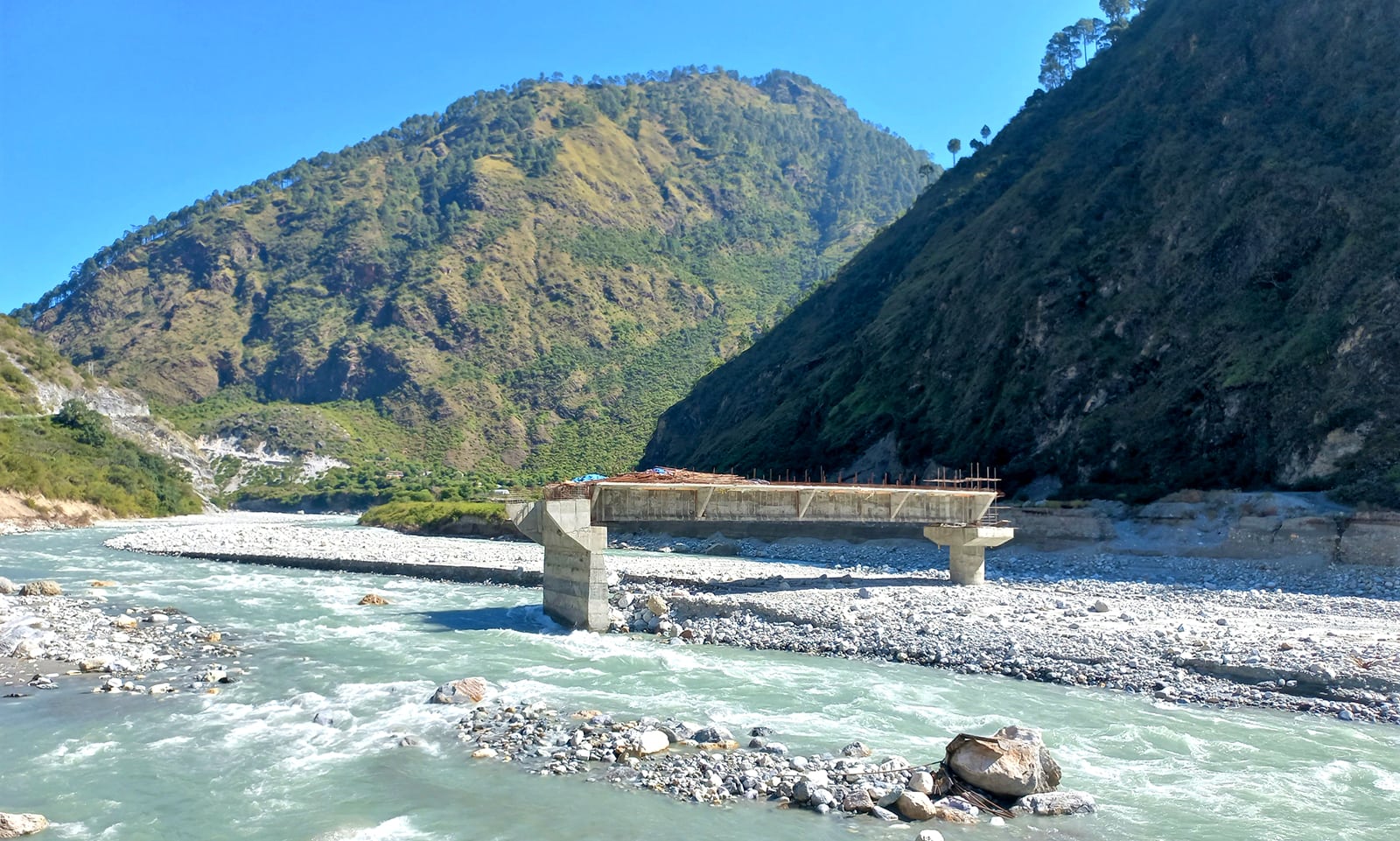
Hunger for development leaves Bajhang in disarray
A beautiful village in Bajhang has become desolate as officials neglected laws and regulations and even ignored warnings of experts....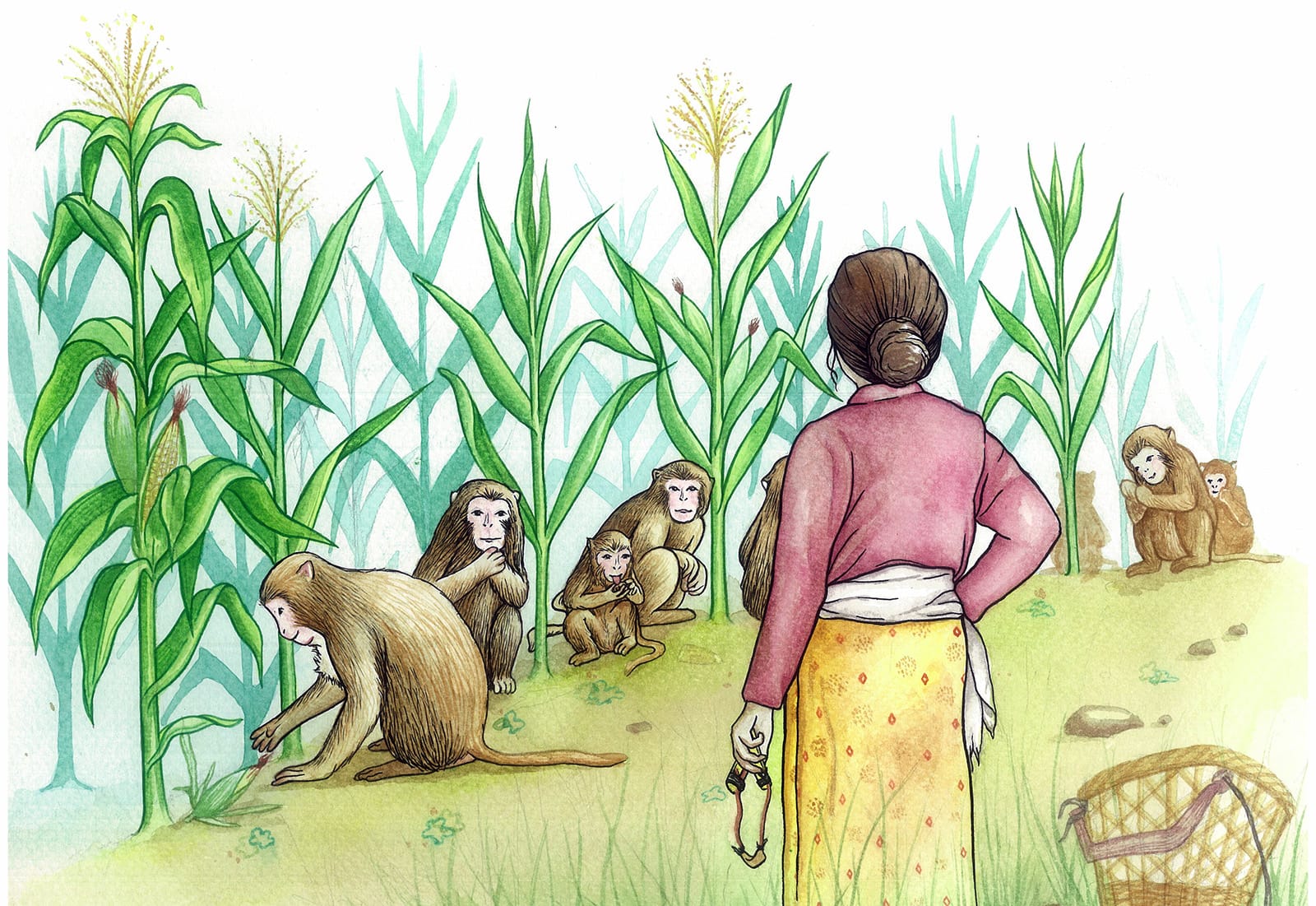
Monkey, maize and man
Farms in Syangja’s Putalibazaar are under assault from gangs of roving monkeys that destroy all the crops, leaving farmers with...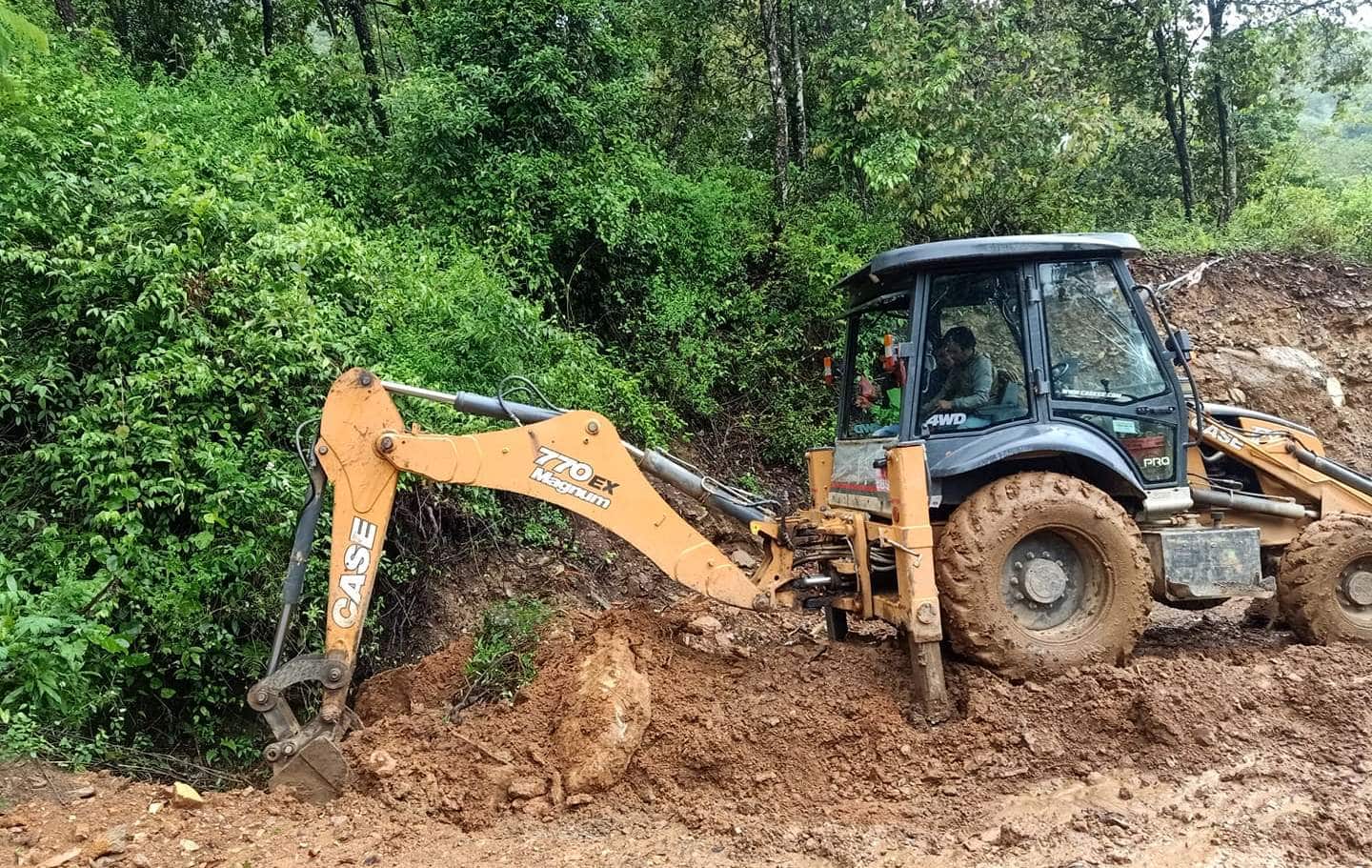

Comment Here